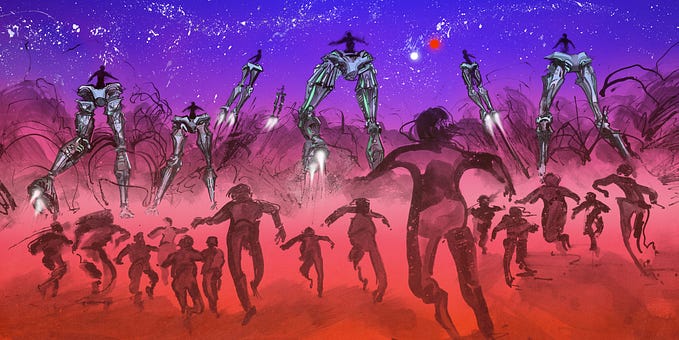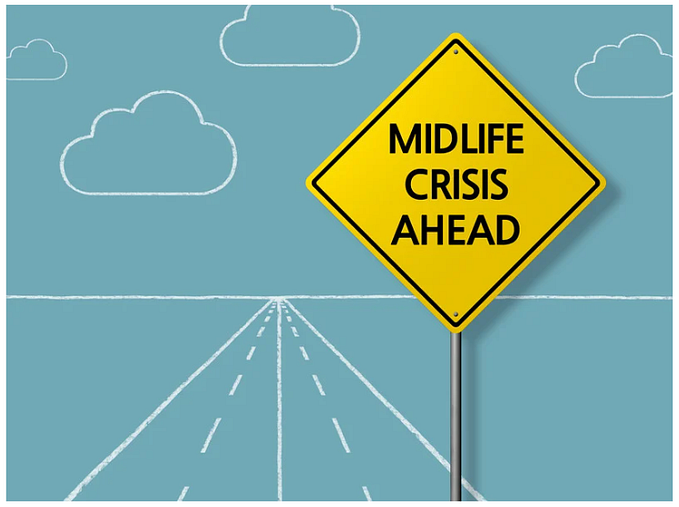Member-only story
The Future of Work — Part One
How automation will force us to retrieve human competence
We are not in a second industrial age. That may be the dream of those who really want to double down on the dehumanizing legacy of the past few hundred years of employment. But the emergence of digital technology, algorithms, and robots offers much more than an opportunity to further automate our businesses, alienating our workers and customers alike; it’s a chance to retrieve the human sensibilities at the heart of our organizations, and embrace the truly collaborative, participatory spirit of this age.
The digital renaissance of the early 1990s was about the unbridled possibilities of the collective human imagination. Early internet pioneers understood that human beings, connected as never before, could create any future we wanted. Unlike passive television viewers, members of the internet generation would be more hands-on participants in the world. Instead of the conformist and highly individual “company man,” we’d begin to see teams of creatives, developing new approaches from the bottom up. Armed with a PC and an internet connection, anyone could become anything.
Such a future felt too unpredictable to most businesses — and especially to investors, who are betting on those futures. The digital future became stock futures — from a thing we create together, to a winner-takes-all, zero-sum competition. The business world valued predictability over possibility. In such a landscape, humans are valued not for their creativity, but their utility — how does each one influence the bottom line?
And so digital platforms were configured to repress creativity, connection, and novelty. Think of the “auto-tune” function that changes a singer’s pitch to make it land exactly on a quantized note. Does it make the singer better, or simply more exact? What if we auto-tune James Brown or Billie Eilish? We lose all evidence of them reaching up for the note, or coming down over the note. We lose the humanity. Our digital approaches are treating this character as “noise,” when it’s actually the signal.
Likewise, we’re looking at our employees as machines to be tuned and optimized rather than human beings to be unleashed.









